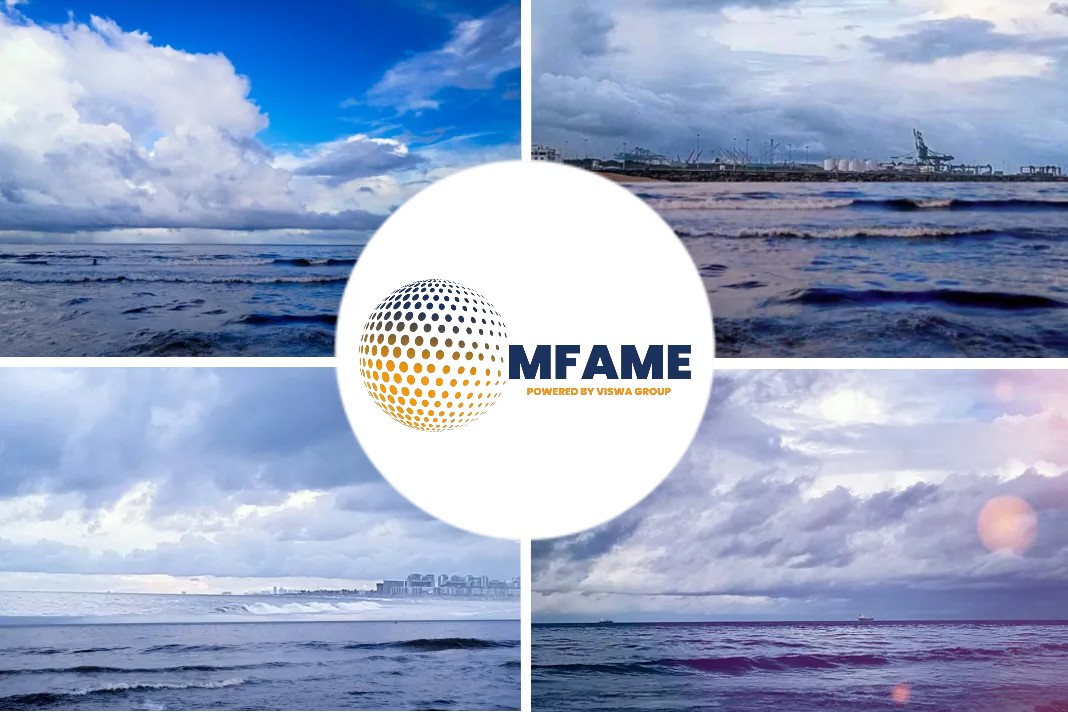
Decarbonizing shipping is like herding cats, and that herd, otherwise known as the International Maritime Organization (IMO), unveiled major new global emission-reduction targets Friday.
IMO’s Decision
The final agreement is ambitious — the International Chamber of Shipping (ICS) called it a “historic deal” — but it’s peppered with vague language. “The language … is ambiguous,” said the Environmental Defense Fund. The Clean Shipping Coalition dubbed it “a wish and a prayer agreement.” The new plan calls for:
- An “indicative checkpoint” to reduce shipping’s GHG emissions by at least 20%, “striving for 30%,” by 2030 compared with 2008 levels.
- A “level of ambition” to use “zero or near-zero GHG-emission technologies, fuels and/or energy sources to represent at least 5%, striving for 10%, of the energy used by international shipping by 2030.”
- An indicative checkpoint to reduce GHG emissions by at least 70%, striving for 80%, by 2040 compared with 2008 levels.
- For the shipping industry “to reach net-zero GHG emissions by or around 2050, taking into account different national circumstances.”
Container lines ordering new ships have focused on two alternative-fuel types, both of which are much more expensive than traditional bunker fuel: liquefied natural gas and methanol. The vast majority of container ships ordered over the past two years are dual-fuel, with methanol emerging as the preferred alternative-fuel choice. The latest shipyard contracts came Tuesday, with Evergreen ordering 24 dual-fuel methanol newbuildings.
Existing vessels are being retrofitted, as well. Hapag-Lloyd and Seaspan announced Thursday that they will retrofit 15 vessels for methanol use, with an option for 45 more. Methanol is triple the price of very low sulfur fuel oil, said Hapag-Lloyd. Consultancy Drewry estimated that a switch to “green” methanol — methanol produced from biomass or by other means to reach carbon neutrality on a well-to-wake basis — would increase fuel costs by 350%, equating to an additional cost of over $1,000 per forty-foot equivalent unit for containers shipped from Asia to Europe.
Effect On New Tanker
On the bulk shipping side of the equation, very few new tankers and dry bulk carriers are being ordered. The capacity of very large crude carriers (VLCCs; tankers that carry 2 million barrels of oil) on order is now a mere 1% of the on-the-water fleet, according to Clarksons Securities. Capacity on order of Capesizes — larger dry bulk carriers with capacity of 100,000 or more deadweight tons — is just 5% of the existing fleet. The lower the orderbook-to-fleet ratio, the better the prospects for future freight rates, assuming future demand outpaces inelastic vessel supply.
Uncertainty over allowable future fuels is one reason shipowners have not ordered new tankers and bulkers. Owners don’t want to pay for new vessels that will become prematurely obsolete, and banks don’t want to finance them. If the IMO were to aggressively move forward with a clear strategy that gave shipowners comfort that their newbuildings would meet future regs, it would pave the way for orders, a headwind for future rates. If the IMO consensus were to completely break down, it would also pave the wave for new ships, convincing owners that they could safely build conventionally fueled vessels, likewise negative for future rates.
Wait And See Approach
“What the IMO is effectively saying is ‘you must dramatically cut your emissions, you figure out how, but if you don’t there will be serious repercussions,’” said Nolan. “Consequently, we expect most owners are likely to continue to take the most prudent step of ‘wait and see’ before betting on a new fuel type for new ships.” According to BRS, “There was hope among [tanker] owners that last week’s meeting would have provided a roadmap on exactly how shipping would decarbonize, with clear guidelines on how alternative fuels would be incorporated and promoted going forward.” Instead, there is the distinct impression that the unveiling of the nuts and bolts of the strategy has been kicked farther down the road.
Did you subscribe to our daily Newsletter?
It’s Free! Click here to Subscribe
Source: Hellenicshippingnews















